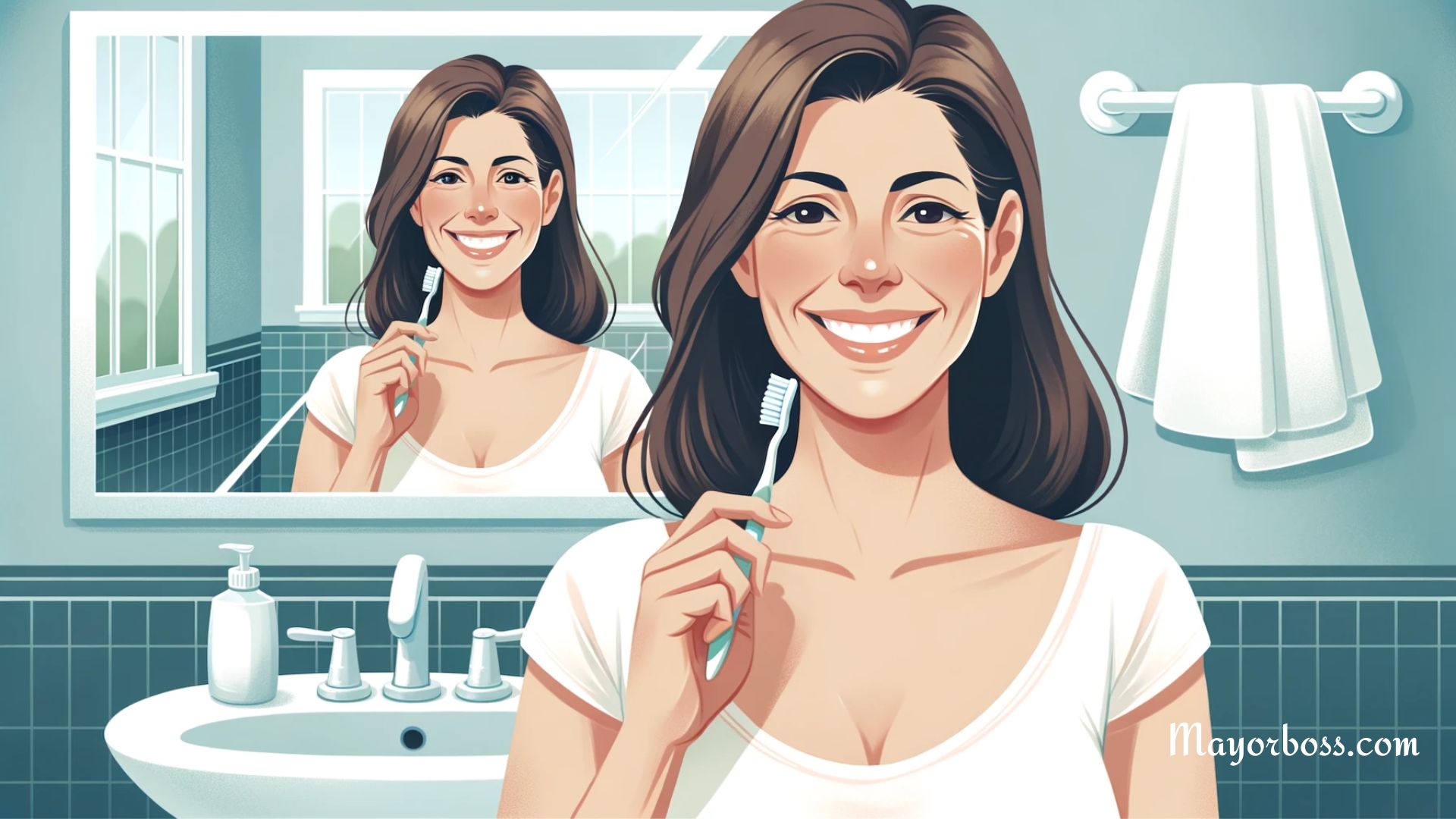You’re Probably Brushing Your Teeth The Wrong Way
Have you ever thought about how you brush your teeth? You might be surprised to learn that there’s a good chance you’re not doing it quite right. Brushing your teeth properly is essential for keeping your mouth healthy.
Now, you might wonder, “What’s the big deal with how I brush?” Well, the way you brush affects how well you remove plaque, that sticky film of bacteria that clings to your teeth and can cause cavities and gum disease.

Why Technique Matters
Proper brushing technique is vital because it ensures that you clean all surfaces of your teeth and gums. If you miss spots, you’re giving bacteria a chance to grow and cause problems. Also, using the right technique can help prevent damage to your enamel and gums, keeping your smile bright and healthy.
The Ideal Brushing Technique
Choosing the Right Tools
Before you start, make sure you have the right tools. Use a soft-bristled toothbrush that fits comfortably in your mouth and toothpaste with fluoride to protect your teeth from decay.
How to Brush
- Angle Your Brush: Put your toothbrush at a 45-degree angle to the gums. This helps the bristles get just under the gumline, where plaque likes to hide.
- Gentle Circles: Move the brush in gentle, circular motions. It’s a myth that scrubbing hard gets teeth cleaner. In fact, it can wear down your teeth and hurt your gums.
- Take Your Time: Spend at least two minutes brushing, which might be longer than you’re used to. This ensures you spend enough time on each section of your mouth.
- Don’t Forget the Back: Brush the outer surfaces, the inner surfaces, and the chewing surfaces of the teeth. The backs of your front teeth can be tricky, so tilt the brush vertically and use up-and-down strokes.
- Tongue Time: Gently brush your tongue, too. This removes bacteria and keeps your breath fresh.
Common Mistakes to Avoid
- Skipping Sections: You might miss the inner surfaces of your teeth because they’re harder to reach, but they’re just as important.
- Rushing Through: If you brush for less than two minutes, you’re likely not cleaning as thoroughly as you could be.
- Overbrushing: Brushing more than three times a day or too hard can wear down your enamel and irritate your gums.
- Old Toothbrush: If your toothbrush looks frayed, it’s time for a new one. Experts suggest changing it every three to four months.
Extra Tips for a Cleaner Mouth
- Flossing: Do this daily to remove plaque and food particles your brush can’t reach.
- Mouthwash: Using an antibacterial mouthwash can help reduce bacteria and plaque.
- Regular Check-Ups: Visit your dentist regularly for professional cleanings and check-ups.
In short, by paying attention to your brushing technique, you’re taking a huge action to keep your teeth and gums healthy. It’s one of those daily habits that can have a big impact on your overall health. So, whenever you pick up your toothbrush, remember these tips and give your teeth the attention they deserve!
Further Reading: How Long Should You Brush Your Teeth?
